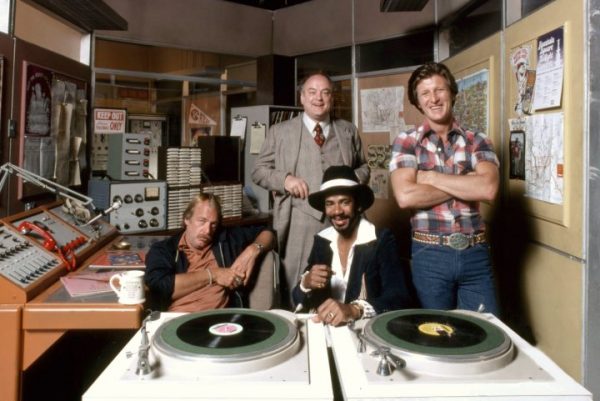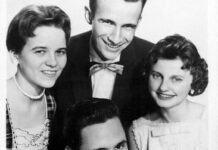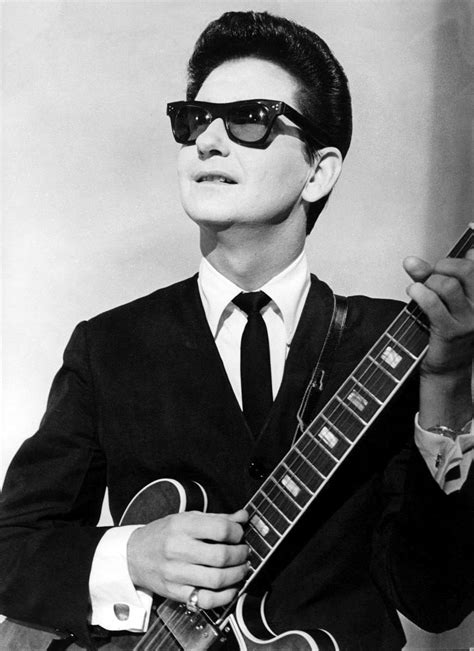Alan Cross rates seven of them

.
1. WKRP in Cincinnati (1978-1982)
Authenticity Rating: 3/5
Every time people of a certain age hear that I work in radio, they inevitably ask “Is it anything like WKRP?” The answer is both yes and no.
The show’s creator, Hugh Wilson, did come from a radio background, serving time as a sales rep at WQXI, a top 40 station in Atlanta, so he was certainly well qualified. His characters were slight caricatures of the real thing: the general manager who was often clueless about what was happening with his station; the harried program director; the burnout morning man; the trippy nighttime DJ; the sleazy salesperson; the squirrely newsman; the naive copywriter; and the receptionist who secretly runs the place. I’ve worked with each of those people multiple times.
2. FM (1978)
Authenticity rating: 2/5
When I saw FM in high school, it kinda cemented my desire to work at a rock station. Set in a fictional L.A. outlet called Q-SKY (based on the real-life KMET-FM, but placed on a non-existent part of the FM dial somewhere in the 70 Mhz range, well below where the band sits in North America, probably to avoid confusion with any real L.A. station), the narrative is set around a cliched DJs-vs-management battle over commercials. Ownership wants to make more money by devoting more airtime to commercials with the last straw being a contract to run ads for the U.S. Army. The DJs and listeners rebel in an insurrection that spills into the streets. Police are called in and the battle continues. Everything ends when the station owner sides with the staff, fires the management team responsible for demanding more ads, and joins the anti-commercial movement.
Read more at the Global News website.
3. American Graffiti (1973)
Authenticity Rating: 5/5
George Lucas’ acclaimed low-budget (US$777,000) pre-Star Wars movie would not have worked at all without the backdrop of Wolfman Jack on the radio throughout the film. Set in 1962 in a California town (certainly inspired by Lucas’ hometown of Modesto and eventually shot in Petaluma), the movie follows a group young people through a summer night of cruising the streets as everyone listens to the Wolfman, a late-night DJ with a compelling, cheeky, and mysterious personality. And he was extremely real.
Wolfman (born Robert Smith) was a big part of Southern California radio throughout the 1960s, broadcasting from XERB, an insanely powerful AM station in Rosarito Beach, not far from Tijuana. At night, XERB could be heard over dozens of states. What we hear in the film is what was heard back then.
Read much more at the Global News website.
4. NewsRadio (1995-1999)
Authenticity Rating: 1/5
5. Play Misty for Me (1971)
Authenticity Rating: 4/5
6. Airheads (1994)
Authenticity Rating: 1/5 for the story, 5/5 for the sets
.
7. Pontypool (2008)
Authenticity Rating: 0/5 for the story, 3/5 for the sets
.








